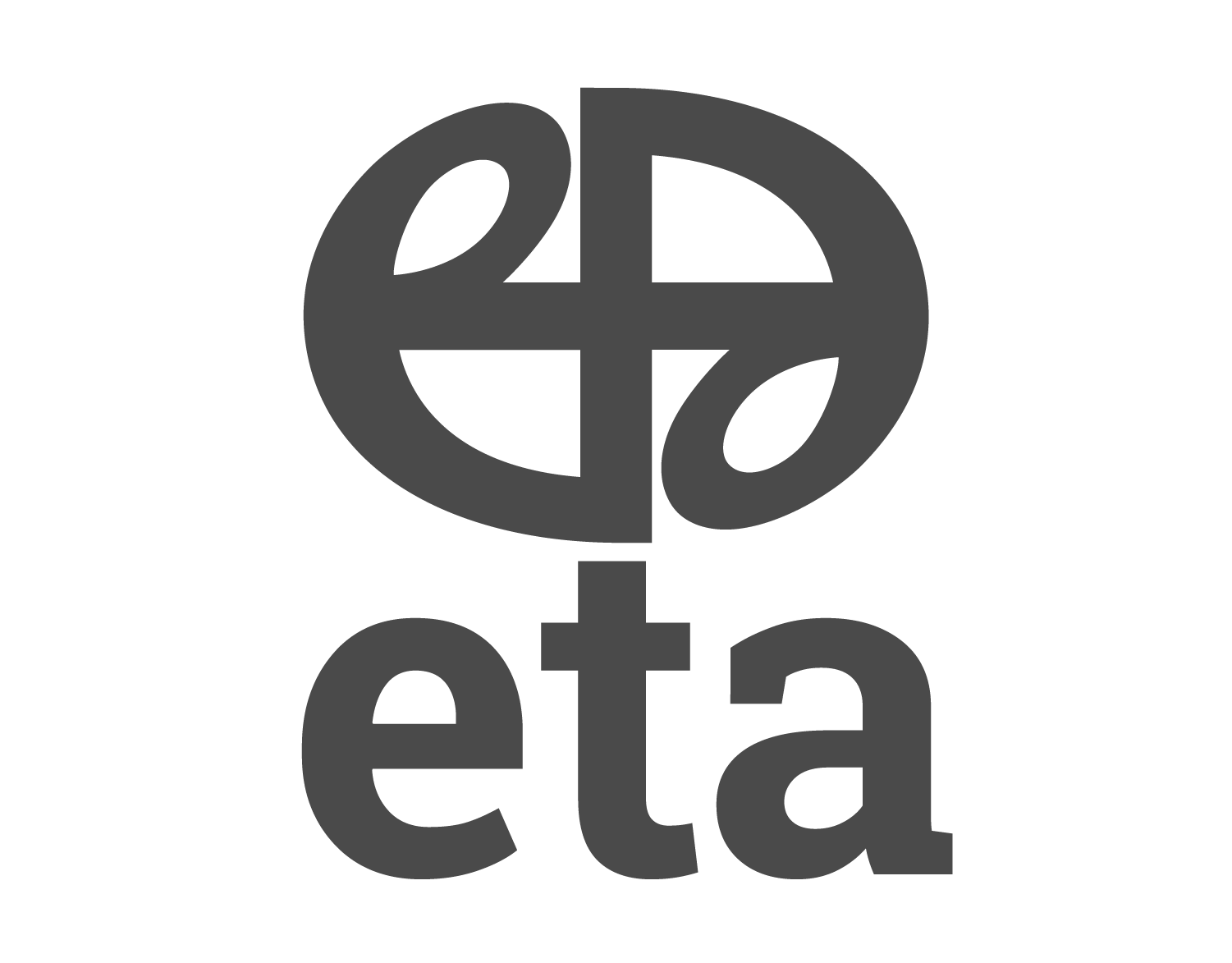Kaizens are five-day high-energy, high-impact events where 6-10 people examine a process, redesign it to reduce Lean waste, test it, and deploy it for use the following week.
Kaizens emphasize speed. A single process might be subject to several kaizen events over the course of a year and a Lean organization may conduct dozens of kaizen events a year.
We see four typical use cases for kaizens:
A particular problem
Excessive errors, high employee turnover, inefficient onboarding processes
A particular target
Margins, inventory turns, monthly sales or production
Problems that require teamwork
Typically problems that require several departments to work together to arrive at a solution. Eg., engineers modify component designs to make assembly easier based on feedback from production folks
When there is a need for speed and standardization
Processes that rely on tribal knowledge are hard to improve. Kaizens document and standardize such processes so they can be improved quickly and easily
What do 5-day Kaizen events look like?
Why do Kaizen events take time?
Current-state mapping takes time
It takes time to map a process, particularly when every single step needs to be documented and if there are multiple people doing the same work differently. Teams enjoy this work, which generates a lot of ideas for improvement.
Identifying pain points via constructive complaining takes time to learn
Learning to see what you have learned to ignore, while getting on with your daily work can be a challenge. Often there is a wish list of solutions, like new software or tools, but the root causes have been forgotten and can be relatively easy to fix.
Radical redesign takes time and extended facilitation
Kaizens aim for radical change. It’s quite normal to double process throughput or reduce the number of tools in use by 75%. This type of stretch goal requires facilitation and a change of approach to realize.
Implementing and testing takes a day, and then more
Implementing and testing actual changes in the process (relocating work stations, making new process forms, reprogramming robots) takes time even if the changes are carefully curated to be quick to do.
Learning to present and thereby commit to something can be a new thing
Participants present their work and results to leadership. This can be exciting because the typical kaizen event exceeds expectations, but it also brings a sense of ownership of the work and results promised, both of which are key to a culture of kaizens and the Lean journey.
Kaizens save time by optimizing processes. We recommend more kaizens over shorter kaizens.

